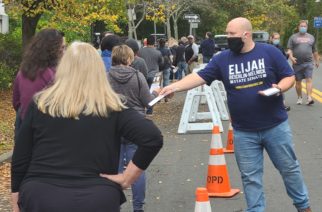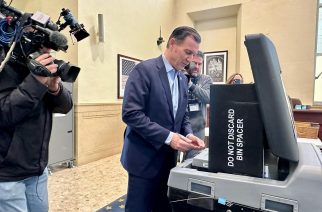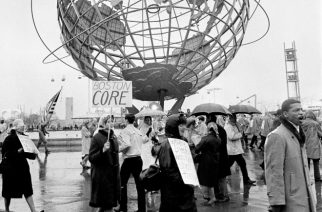
With voter turnout on Tuesday hovering around 30 percent for major races across the state, a leading public watchdog group is hoping to begin discussions on how to increase participation in future elections.
Looking at the voter participation rate on ballot Proposal One — by far the most publicized and debated statewide issue before voters on November 7 — only 3,567,681 out of 11,546,694 “active” voters cast a vote on whether or not to hold a constitutional convention.
The New York Public Interest Research Group reviewed other high-profile races downstate and found that despite intense, high-profile election contests, voter participation continues to be “anemic.”
The NYPIRG review compares 2013 and 2017 general election results for New York City mayor and the county executive races in Nassau and Westchester counties.
Despite highly competitive races in both Nassau and Westchester, voter participation barely moved the needle in turnout.
In Nassau County, where Democrat Laura Curran beat former Republican Sen. Jack Martins by a margin of 51 to 48 percent, only 288,402 voters turned up at the polls; 998,218 voters were eligible. This represents a voter participation rate of 29 percent.
Turnout was a little better in Westchester County, where Sen. George Latimer ousted two-term Republican County Executive Rob Astorino by a margin of 57 to 43 percent. In that race, 206,230 voters showed up on Tuesday even though 583,811 voters were “active” and eligible.
In New York City, where Mayor Bill de Blasio ran a successful campaign for a second term against challenger Nicole Malliotakis — a Republican assemblywoman from Staten Island — just 24 percent of active and eligible voters showed up to cast a ballot.
The NYPIRG results include final official tallies for 2013, as compared with unofficial results in 2017, reported either by government or media sources. Final results for the 2017 election will not be certified for several weeks. However, NYPIRG points out, given New York’s track record on voter participation, there is little reason to expect dramatic changes once the final results are released.
“In a 21st Century society relying on social media, the Internet, and other communication platforms, New York’s reliance on a ‘horse and buggy’ system in which voters are expected to troop to the polls on a single Tuesday in November is clearly becoming anachronistic,” A statement by NYPIRG reads. “Other models should be explored.”









